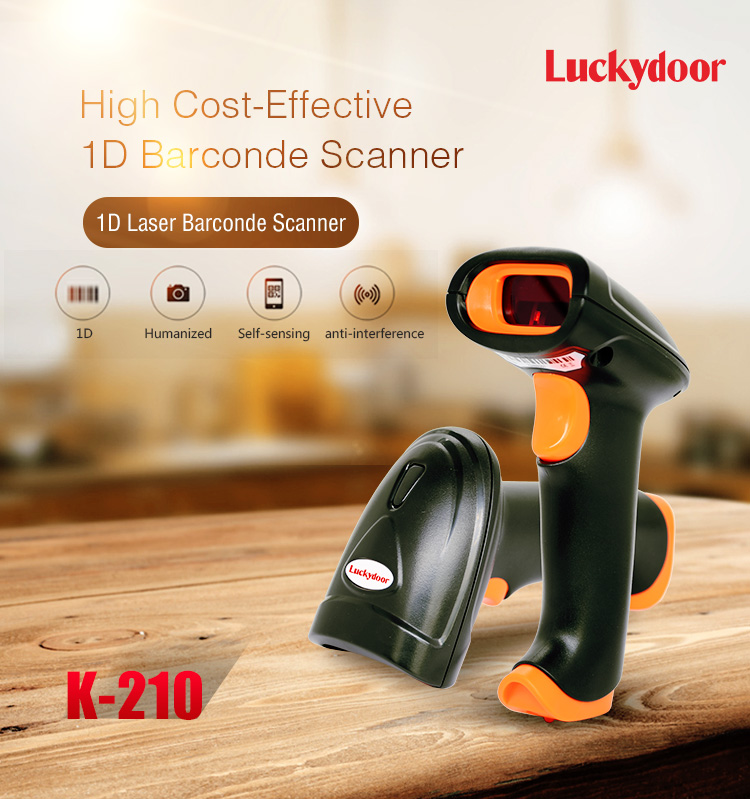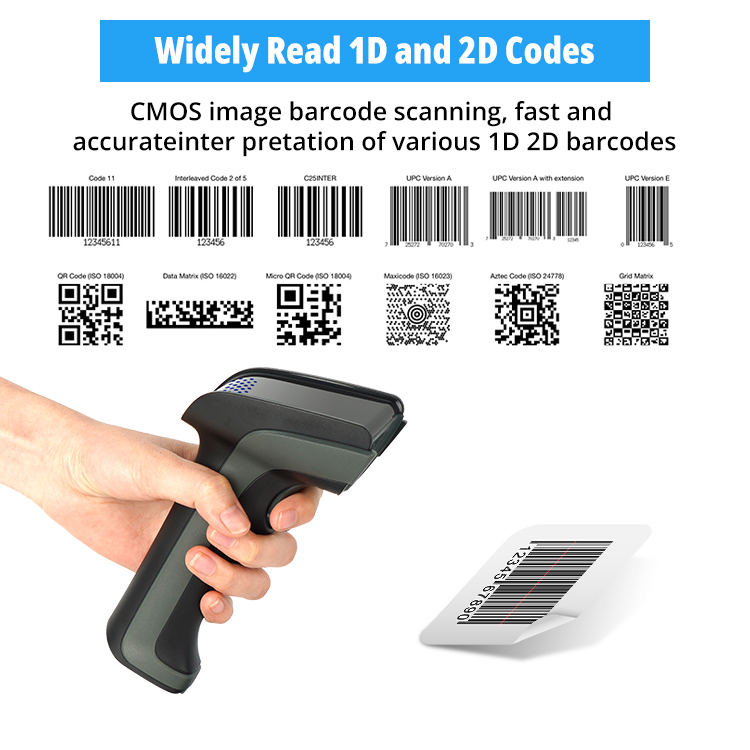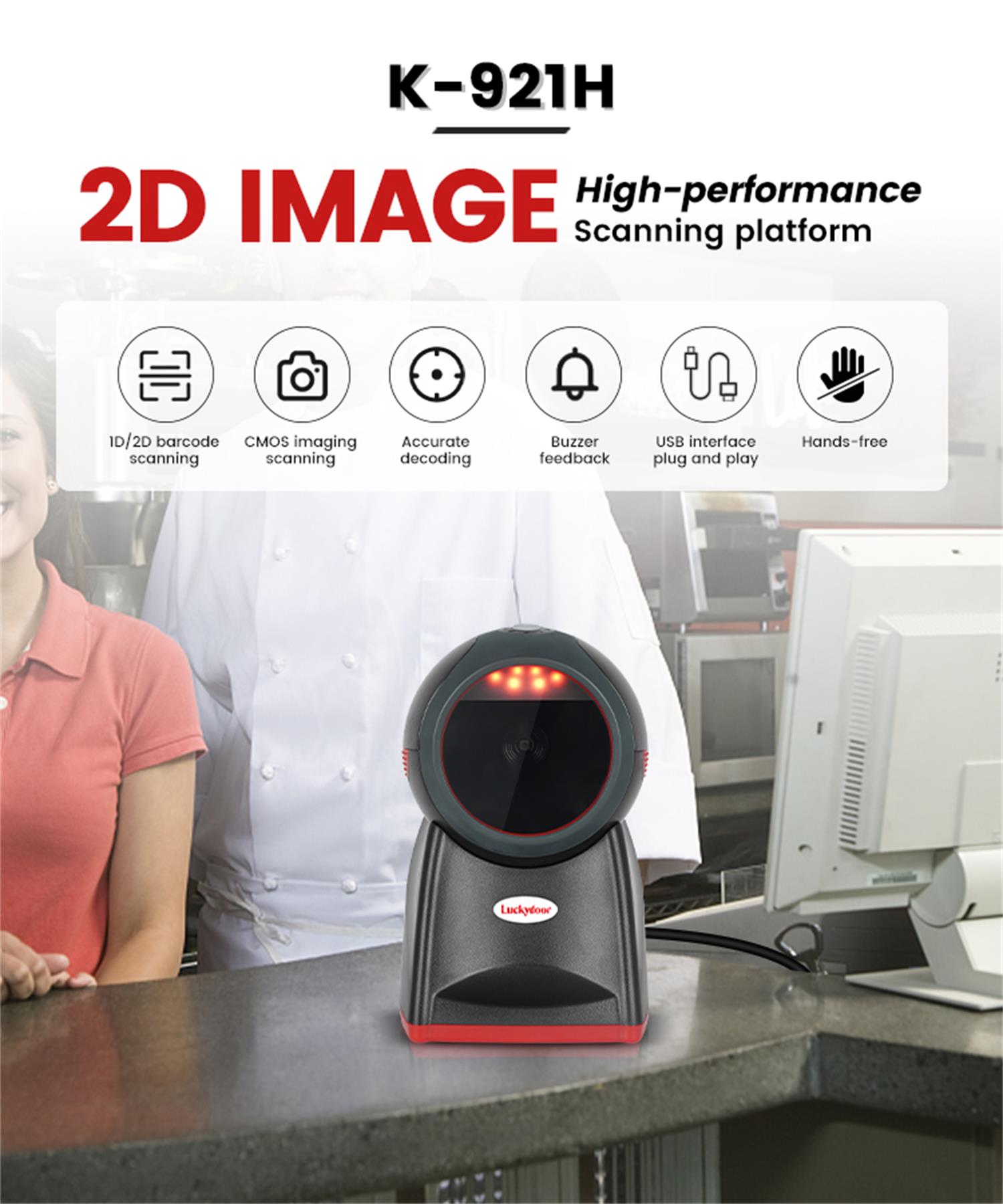Barcode scanners or readers, are scanning devices that use radio waves to read and transmit data from tags or labels. These devices facilitate automated data entry, maintain accurate inventory records, reduce errors, and improve operational efficiency.
Scanners have come a long from their World War II origins to become versatile tools in supply chain management. These scanners can be broadly categorised into two types.
In this chapter, we will talk about the scanner on the Basis of the TechnologyIn this chapter, we will talk about the scanner on the Basis of the Technology Used Used.
scanners utilise different technologies to read and transmit data from tags or labels. Here are the main types based on the technology used:
Laser scanners use laser beams to read barcodeand transmit the data via radio frequency. There are 2 types of laser scanners, 1D laser and 1D CCD scanning engine.

Here’s how they work: The scanner emits a laser light that shines on the barcode. The barcode’s black-and-white patterns reflect the laser. The reflected light intensity varies depending on whether the laser hits the white or black part of the barcode
Image scanners, also known as camera-based scanners, use imaging technology to capture a picture of the barcode and then decode it.

These scanners use a small camera to take a snapshot of the barcode. This barcode image is then analysed to extract the information.
Aslo called On-Counter scanners, are designed for hands-free operation.

These devices are typically mounted on a stand or placed on a counter, allowing users to present the barcode in front of the scanner for automatic reading. Presentation RF scanners don’t require manual activation, making the scanning process simple.
Mobile computers, also known as mobile terminals, are devices that combine the scanning capabilities of scanners with the functionalities of handheld computers.